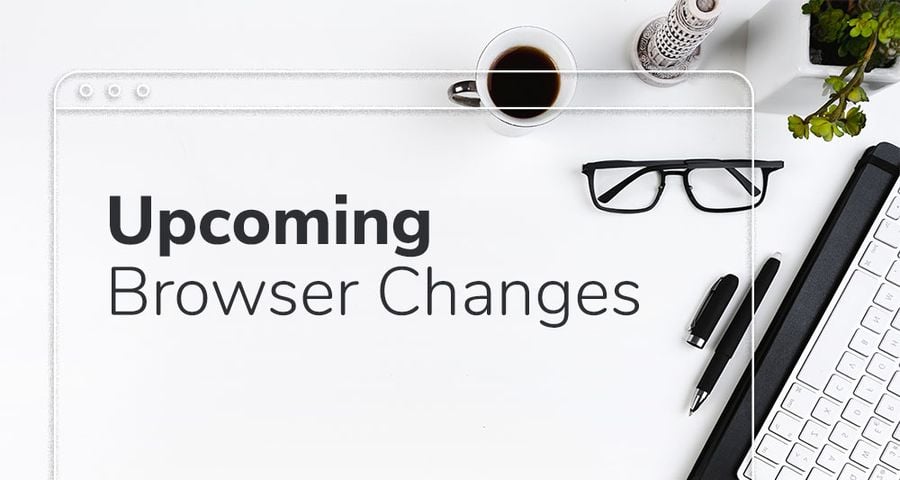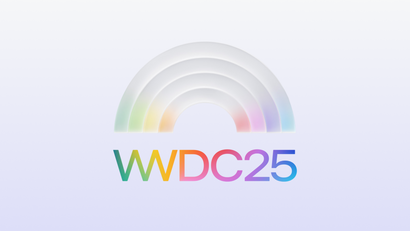According to BuiltWith 4% of the top 100,000 largest websites, and 8% of the largest 10,000 websites now use Web Push notifications. This amount has roughly doubled over the last 18 months.
As more and more websites implement notifications, Google Chrome and Mozilla Firefox have recognized users desire a better opt-in experience.
Starting this week in Firefox and next month in Chrome (February 2020), under certain conditions users will see a quieter notification permission UI. Users can also opt-in to the new UI manually in their browser settings.
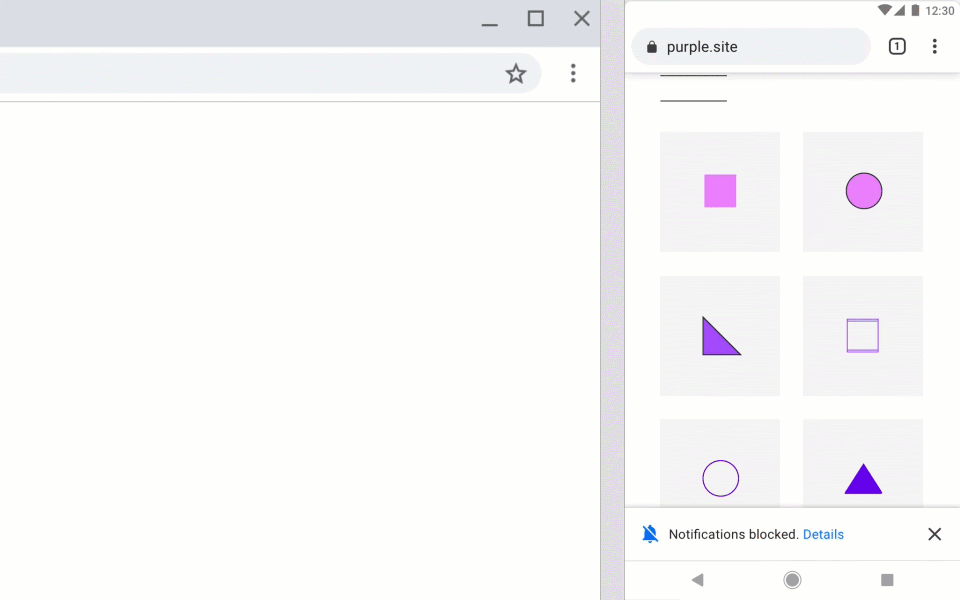
Firefox will show the quiet notification permission prompt whenever a website prompts for permission without an initial user action on the page (like clicking a button).
For Chrome, quieter notification prompts will be enabled first for users who typically block notification permission requests and second, on sites with very low opt in rates.
What You Need To Do
OneSignal encourages all websites to adopt a two-step prompting system if they don't already do so. This will help prevent the website from being penalized and forced to show a quieter permission prompt if too many users have denied the traditional native prompt in Chrome.
Typical Site Setup
OneSignal provides a variety of easy-to-use permission prompts that websites can implement with just a click of a button in our dashboard. All prompting modes are available to use at no additional charge, for both free and paid OneSignal clients.
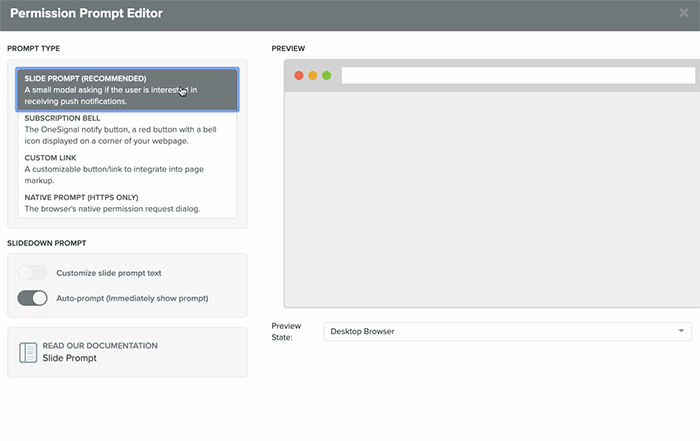
The easiest prompt to transition to is OneSignal's Slide Prompt. Ideally, however, we encourage users to use the Custom Link prompt. While more complex to implement, it provides an improved user experience and aligns with Google and Mozilla's best practices that websites wait until users understand the benefit in receiving notifications before being prompted for permission.
Custom Code Setup
OneSignal also allows more tech-savvy users to fully customize the opt-in experience using our Custom Code implementation. For example, here are tutorials on how to:
- Show the slide prompt after a user has been on your website for a while.
- Show the slide prompt only after a user has visited the website 2 or more times.
- Use a category slide down prompt which allows subscribers to opt-in or out of notification categories set as Data Tags!
Some other ideas that we encourage more technically savvy customers to consider are:
- Offering a coupon in exchange for users opting-in to notifications.
- Prompting for permission when a user finishes reading an article.
Wordpress Users
If you're using the OneSignal Wordpress plugin then we strongly recommend you switch to using the Slide Prompt or Subscription Bell. You can configure these options in your Wordpress Admin Area > OneSignal Push > Configuration tab.
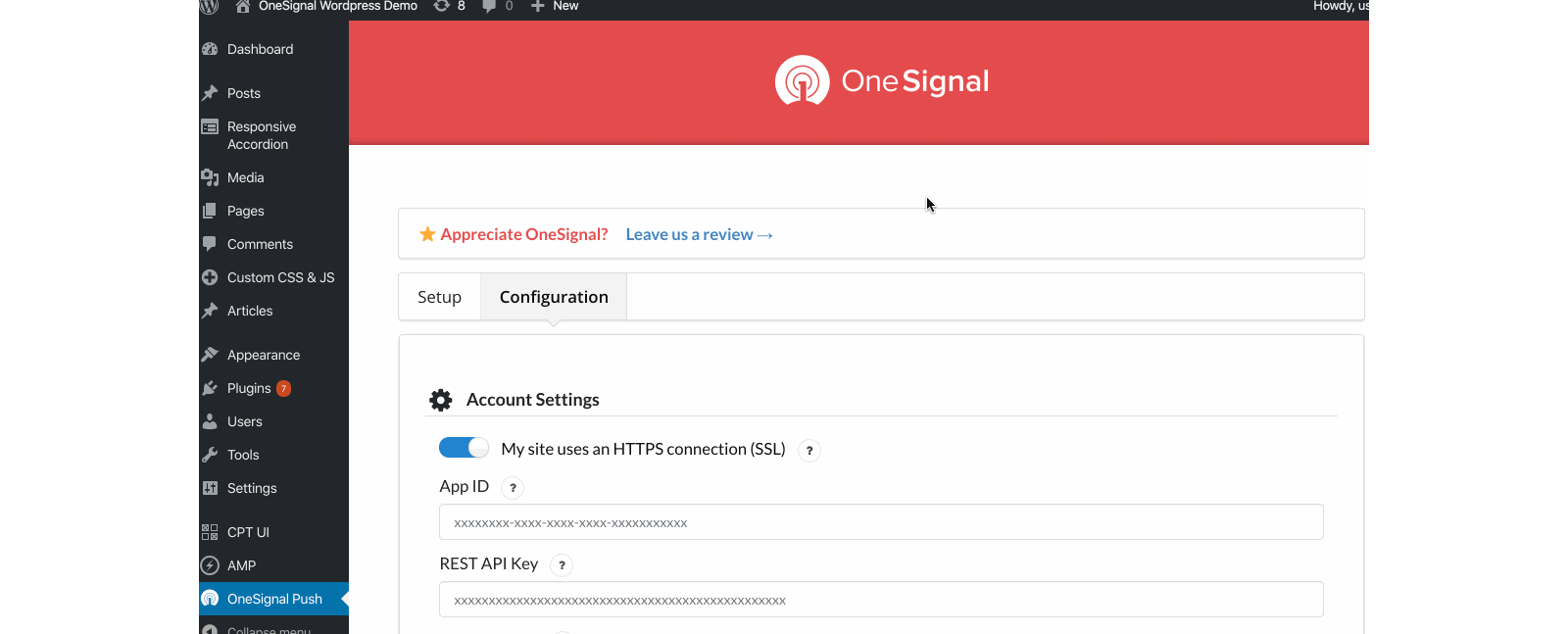
No matter what prompt you implement, make sure to take the time to think about how to both maximize opt-in rate while also ensuring a positive experience for your users.
The Broader Impact of These Changes
As users are interrupted less frequently by undesirable notification prompts, public sentiment towards notifications will greatly improve. Websites should make sure to provide a compelling reason for users to opt-in to notifications, and ensure they are sending notifications that meet user expectations.
OneSignal is excited to help our customers take advantage of these best practices and to rise above their competitors.
